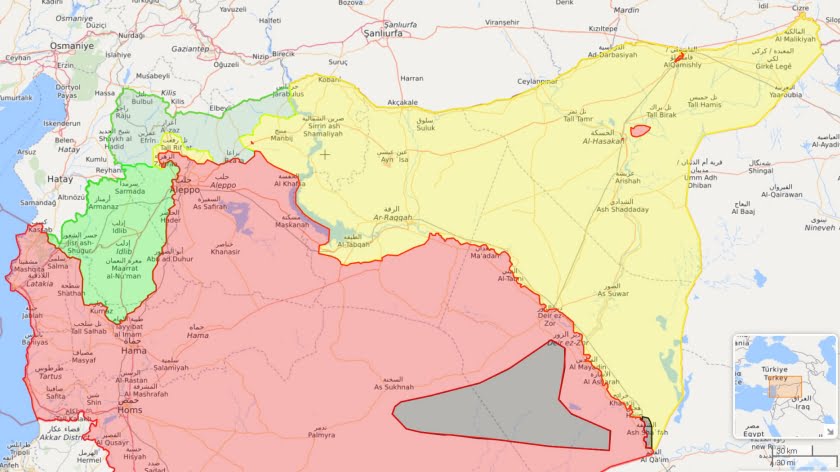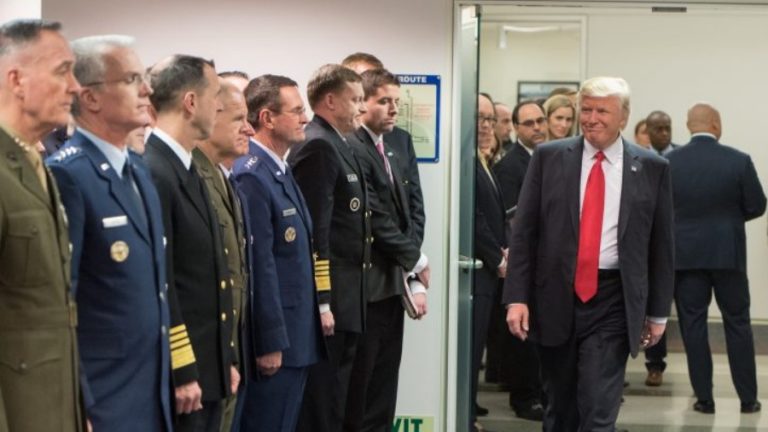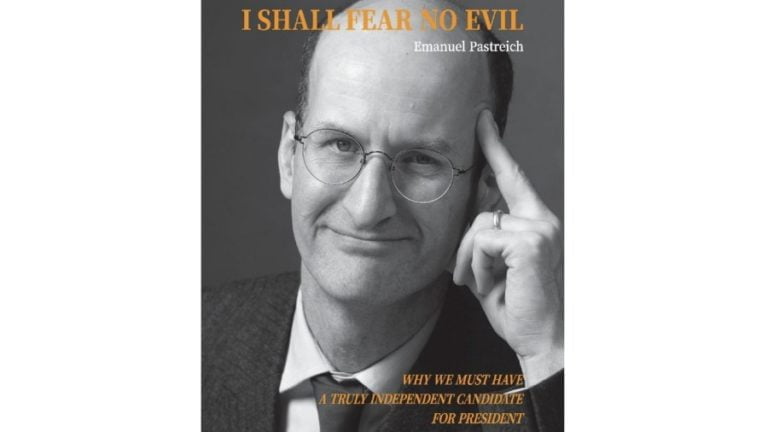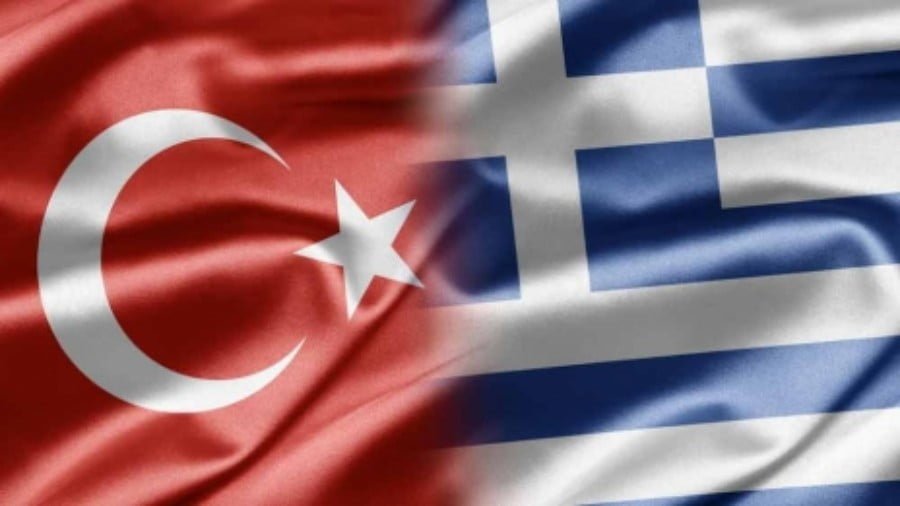Syria Sitrep – Trump Says U.S. Will Leave But Pentagon Keeps Adding Forces
The U.S. retreat from northeast Syria is still not happening. In yesterdays interview with CBS President Trump again said the troops would leave, but the the Pentagon is doing the opposite of retreating.
The Islamic State forces north of the Euphrates are left to holding some 4 square kilometer of ground near the border to Iraq. The few hundred ISIS fighters still alive could be killed in a day or two which would then be the right time for the U.S. to leave as President Trump announced two month ago.
But the U.S. military keeps increasing its troop numbers and supplies in the area. During the last two month the number of U.S. soldiers in northeast Syria rose by nearly 50%. Instead of the officially acknowledged 2,000 there are now at least 3,000 U.S. soldiers in northeast Syria. New weapons and equipment arrive every day. Additionally, the Syrian Observatory reports, the U.S. is bringing in a significant number of TOW anti-tank missiles and heavy machine guns even though there is no longer an apparent use for these:
[T]he International Coalition Forces brought quantities of anti-armor thermal missiles during the recent period, to their bases east of Euphrates area, in conjunction with bringing quantities of machineguns known as “DShK”, and the reliable sources confirmed to the Syrian Observatory that the range of the missiles reaches about 6 km, but the reasons for bringing these weapons was not known, especially as the “Islamic State” Organization in its last pocket at the east bank of Euphrates River is almost ended, ..
…
[T]he Syrian Observatory has documented since the US president’s decision to withdraw until the 3rd of February 2018, the entry of 1130 trucks at least, carrying equipment, ammunition, weapons, military, and logistic equipment to bases of the International Coalition east of Euphrates, ..
…
The process of entering the trucks also comes in conjunction with the arrival of hundreds of soldiers of the US Special Forces to the Syrian territory in a specific and special operation, the goal of which is to arrest the remaining leaders and members of the “Islamic State” Organization who are trapped in the remaining 4 kilometers for it east of Euphrates, ..
Today the New York Times finally confirms the increased troop numbers the Observatory reported weeks ago:
The American military has started withdrawing some equipment, but not yet troops, officials said on Sunday. The number of American troops in Syria has actually increased in recent weeks to more than 3,000 — a standard practice to bring in additional security and logistics troops temporarily to help protect and carry out the process of pulling out — three Defense Department officials said.
The explanation makes little sense. One does not need 1,000 additional troops to secure and remove the stocks of a 2,000 strong force deployment in mostly friendly territory.
The NYT also reveals that the U.S. wants to led the Kurdish PKK keep the arms it received:
A meeting in late January of the National Security Council’s “deputies committee” — the No. 2 leaders of national security departments and agencies — recommended allowing the Syrian Democratic Forces, a coalition of Kurdish and Arab fighters, to keep the equipment the Pentagon has provided them and for an American-led air campaign to continue airstrikes to defend them against the Islamic State, according to two senior American officials.
This breaks a promise the U.S. repeatedly made to Turkey and gives Ankara more reasons to threaten the Kurds.
On Saturday a U.S. air attack targeted a Syrian army position south of the Euphrates near the border town al-Bukamal:
A military source told SANA that the U.S.-led coalition warplanes carried out an air strike overnight Saturday on Syrian artillery position in Sokkariyeh village, west of al-Bukamal city.
The source added that the attack resulted in destroying the artillery and injuring two soldiers.
SANA reporter said that, in parallel with the coalition’s aggression, Daesh terrorists attacked military points in the area, but the army units repelled the attack and killed and wounded most of the attacking terrorists.
This is one of several incidents that lets one assume that the U.S. intentionally lets some ISIS fighters escape to bother the Syrian government.
The U.S. military says it fears the ISIS would regrow should U.S. troops retreat. But that argument only holds when no other troops would replace them. The only viable solution to handle northeast Syria after the territorial defeat of the Islamic State is obviously to ask the Syrian government to retake control of its land. It could defeat remaining Islamic State sleeper cells, handle the prisoners the Kurds have taken, and keep the YPK/PKK and Turkey apart. But the U.S. foreign policy borg is still unwilling to concede that.
James Jeffrey, the neoconservative U.S. special envoy to the anti-ISIS coalition, thought up an elaborate scheme to ‘protect the Kurds’ and to secure the borders to Turkey with the help of allied troops.
A week after that tweet the Wall Street Journal reported that the crazy scheme failed to win support from any of the relevant parties. The Kurds rejected it and Britain and France declined to send troops on a never ending mission between the waring Turkish and Kurdish sides.
No news has been released of any different scheme. The YPK/PKK Kurds the U.S. used as proxy force against the Islamic State recently lobbied in Washington to keep some U.S. troops in the area:
The group’s message to Washington policymakers has centered around slowing the US withdrawal, and stopping Turkish plans to police a safe zone on the border of northern Syria, which the SDC sees as a potentially deadly repeat of the 2018 incursion into the Kurdish-held city of Afrin.
The lobbying effort is likely to fail.
The Kurds still demand a substantial autonomy in exchange for letting the Syrian army retake the control of the northeast. Damascus rejects any local autonomy that goes beyond cultural rights. The teaching of a Kurdish language in local schools will be allowed, but there will be no separate Kurdish administration. As the alternatives fail to evolve the Kurds will soon have to choose between agreeing to Damascus’ conditions or getting slaughtered by a Turkish invasion force.
Meanwhile Russia is working to reestablish the Adana Memorandum of 1998 between Turkey and Syria. In it Syria promised to hinder all Kurdish attacks from Syria on Turkey, while Turkey promised to refrained from anti-Kurdish engagements on Syrian grounds. The reviving of the agreement would require that Turkey gives up on the parts of Syria its forces and currently occupy and continue to turkify. There are already low level contacts between Turkey and Syria on the ground, but the Turkish President Erdogan is not yet willing to go further. A new meeting in the Astana format between Turkey, Russia and Iran is supposed to take place on February 14. It might come up with a new solution.
In his Sunday interview with CBS President Trump again explained his position on the retreat. Asked about concern that the defeated ISIS might rise again should the U.S. move out he responded:
PRESIDENT DONALD TRUMP: And you know what we’ll do? We’ll come back if we have to. We have very fast airplanes. We have very good cargo planes. We can come back very quickly, and I’m not leaving. We have a base in Iraq and the base is a fantastic edifice. I mean, I was there recently. And I couldn’t believe the money that was spent on these massive runways. And these– I’ve– I’ve rarely seen anything like it. And it’s there. And we’ll be there. And, frankly, we’re hitting the caliphate from Iraq and as we slowly withdraw from Syria. Now the other thing after this–
MARGARET BRENNAN: How many troops are still in Syria? When are they coming home?
PRESIDENT DONALD TRUMP: Two thousand troops.
MARGARET BRENNAN: When are they coming home?
PRESIDENT DONALD TRUMP: They are starting to, as we gain the remainder, the final remainder of the caliphate of the area, they’ll be going to our base in Iraq. And, ultimately, some will be coming home. But we’re going to be there and we’re going to be staying–
MARGARET BRENNAN: So that’s a matter of months?
PRESIDENT DONALD TRUMP: We have to protect Israel. We have to protect other things that we have. But we’re– yeah, they will be coming back in a matter of time. …
Trump’s claim that there are only 2,000 U.S. troops in Syria shows that he apparently does not know what Pentagon is doing behind his back. He also has no idea of any real timeline for the retreat even as he continues to promote it.
Trump believes that he can keep troops in Iraq and use that country as a base against Iran:
MARGARET BRENNAN: But you want to keep troops [in Iraq] now?
PRESIDENT DONALD TRUMP: –but when it was chosen– well, we– we spent a fortune on building this incredible base. We might as well keep it. And one of the reasons I want to keep it is because I want to be looking a little bit at Iran because Iran is a real problem.
MARGARET BRENNAN: Whoa, that’s news. You’re keeping troops in Iraq because you want to be able to strike in Iran?
PRESIDENT DONALD TRUMP: No, because I want to be able to watch Iran. All I want to do is be able to watch. We have an unbelievable and expensive military base built in Iraq. It’s perfectly situated for looking at all over different parts of the troubled Middle East–
…
PRESIDENT DONALD TRUMP: –rather than pulling up. And this is what a lot of people don’t understand. We’re going to keep watching and we’re going to keep seeing and if there’s trouble, if somebody is looking to do nuclear weapons or other things, we’re going to know it before they do.
That the U.S. plans to stay in Iraq to “watch Iran” was news to the president of that country:
Iraqi President Barham Salih said on Monday that President Donald Trump did not ask Iraq’s permission for U.S. troops stationed there to “watch Iran.”
…
“Don’t overburden Iraq with your own issues,” Salih said. “The U.S. is a major power … but do not pursue your own policy priorities, we live here.”
…
“It is of fundamental interest for Iraq to have good relations with Iran” and other neighboring countries, Salih said.
There are already moves underway in the Iraqi parliament to (again) kick the U.S. out of the country. The Sadr faction, the biggest one in parliament, is preparing legislation to achieve that. Other groups have threatened to use force to push the U.S. out. Back in December Elijah Magnier predicted that the U.S. would have either leave voluntarily or will be pushed out by force:
The Iraqi parliament can exert pressure over the government of Prime Minister Adel Abdel Mahdi to ask President Trump to pull out US troops before the end of his mandate in 2020. The US establishment and the “Axis of the Resistance” can both connive and plan, but the last word will belong to the people of Iraq and to those who reject US hegemony in the Middle East, ..
Back to Syria. Idelb governorate continues to be the largest problem left in the receding war on Syria. It is ruled by the al-Qaeda aligned Hayat Tahrir al-Sham (HTS).
The Syrian military is waiting for orders to attack the enclave and is using artillery to ‘soften up’ the al-Qaeda positions near its lines. A new Bloomberg piece notes the contradiction in the argument of those who want the U.S. to stay in Syria because of ISIS. They never say a word about the much larger al-Qaeda force:
Islamic extremism in that war-torn country, runs their argument, is nowhere near as extinct as the President claims.
There’s plenty of evidence that the critics are right about that. But it doesn’t necessarily translate into a case for staying in Syria. Because US troops aren’t even marginally involved in the fight against the biggest remaining jihadi force there — which is al-Qaeda, not ISIS.
…
After eight years of civil war, the biggest chunk of jihadi-held territory in Syria now belongs to al-Qaeda, America’s original enemy in the global war on terror. Almost two decades after the September 11 attacks, the group’s Syrian affiliate has been on the march, seizing Idlib province in a dramatic advance last month. Its military strength is estimated to be in the tens of thousands, perhaps the largest concentration of armed jihadists ever assembled in one place.But the US military isn’t fighting it — and isn’t likely to, even if Trump were to abandon his plan to withdraw.
It will be Syrian, Russian and maybe some Iran supported forces that will have to clean up the mess the U.S. created by arming al-Qaeda. But they can only do so when their backs are not threatened by some new nefarious U.S. scheme. That the U.S. continues to supply dubious forces in the northeast, including with anti-tank weapons, increases the concern that Trump’s repeated announcements of a retreat are not the last words spoken on that issue.
By b
Source: Moon of Alabama









